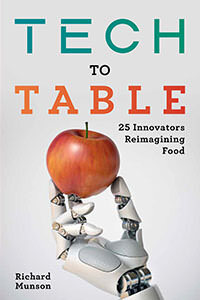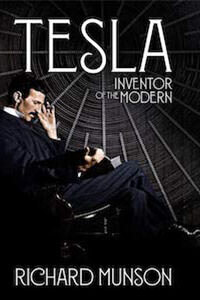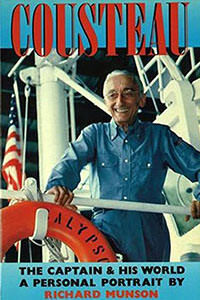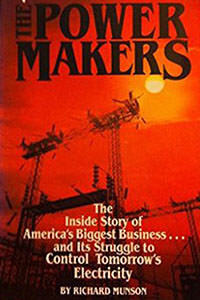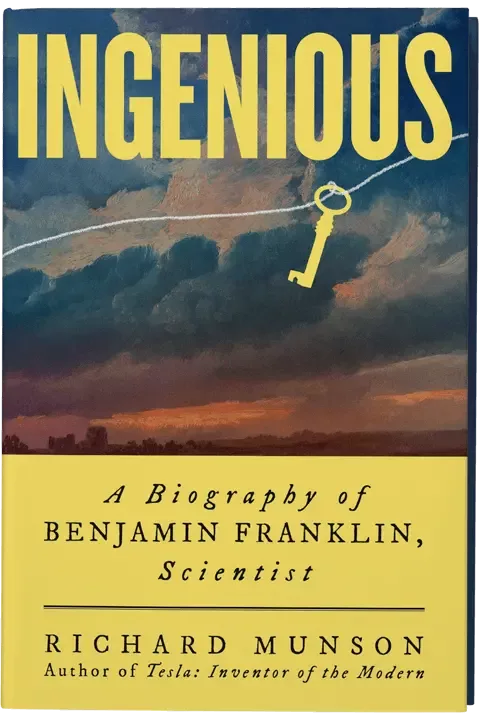Big Beef Reveals Its Fear as Plant-Based and Cell-Based Options Flourish
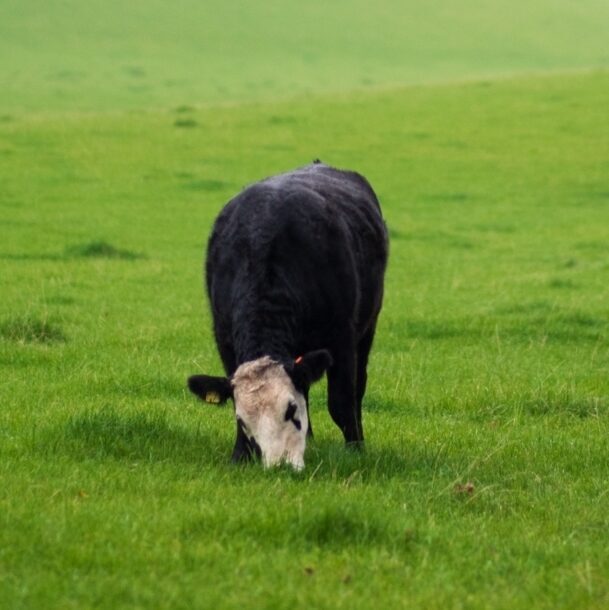
Big Beef is feeling nervous. Sensing competition from plant- and cell-based meat alternatives, the cattle industry took out an expensive full-page ad in last Sunday’s New York Times arguing that growing and slaughtering livestock is good for sustainability.
Yet the real story is that the food industry is changing … rapidly. Plant-based protein sales totaled $5 billion in 2019 and rose a whopping 158 percent last year. UBS, the Swiss-based bank, projects those revenues will grow to $85 billion by the decade’s end, reaching about half of Big Beef’s current market. In just the past few years, plant-based meats went from something few Americans had heard of to something that 70 percent of us have tried.
Cell-based choices – in which a few cells are taken from an animal and grown in something like beer-fermentation tanks -- have reached only a few markets, but their costs are plummeting, falling from $1.2 million for the first patty just eight years ago to about $10 per pound today.
Why are such alternatives flourishing? In large part because we live in a rather unique era of rapid and stunning technological advances, particularly with rapid computation, data collection, and advanced engineering. Eric Schmidt, Google’s former CEO, calls this combination “a super evolution” that will “fundamentally, irrevocably transform” wide-ranging industries, and it will “allow start-ups to advance faster than incumbents,” resulting in “agile powerful companies.” In just the past few years, that confluence of innovation has reached the agricultural sector, long the least digitalized of our economy. Farm and food innovators, as a result, are flourishing, attracting $30 billion of private-sector investment last year.
Another explanation is that consumers increasingly want less environmental damage from the foods they eat. The growing of corn and soybeans to feed a billion cows requires a lot of pesticides, synthetic fertilizers, irrigation, and soil erosion. When cows eat that corn and soybeans, moreover, they burp up a lot of methane, a potent climate-changing emissions; some studies estimate those belches release more greenhouse gases that all cars, trains, boats, and airplanes combined.
No one’s predicting eaters will abandon meat any time soon, but Big Beef fears it is losing market share, like how milk alternatives have battered the dairy industry. Sales of liquid alternatives based on ground beans or nuts rose to $22 billion last year and are projected to rise to $40 billion by 2026. Cow-milk consumption per-capita, as a result, has fallen 40 percent.
Big Beef can afford advertisements and lobbyists, but it can’t ignore innovation and entrepreneurs. Animal-free alternatives offer more meal options for consumers, and the competition they provide enable the more efficient and sustainable offerings to flourish. Full-page paid pronouncements only reveal the livestock industry’s growing fear of markets.
More about Big Beef’s challenges and the innovations of food and farm entrepreneurs can be found in Tech to Table: 25 Innovators Reimagining Food.

